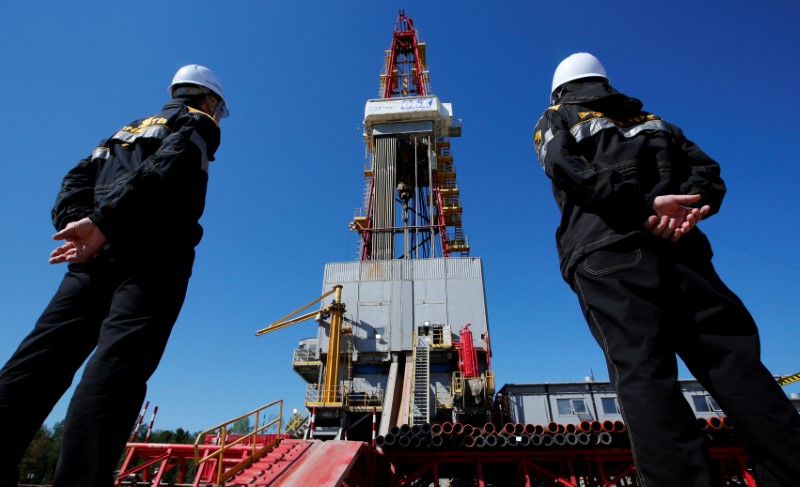By Henning Gloystein
SINGAPORE (Reuters) - The start of the American summer driving season supported U.S. crude prices on Tuesday, but persistent concerns about oversupply continued to fester.
U.S. West Texas Intermediate (WTI) crude futures climbed above $50 per barrel early on Tuesday, before dipping back to $49.78 by 0655 GMT, down 2 cents from their last close.
Demand in the United States for transport fuels tends to rise significantly as families visit friends and relatives or go on vacation during the Northern Hemisphere summer months. The so-called summer driving season officially started on the Memorial Day holiday at the start of this week.
"The start of the U.S. driving season ... boosted confidence in the market that stockpiles would start to fall," ANZ bank said.
The American Automobile Association (AAA) said ahead of Memorial Day that it expected 39.3 million Americans to travel 50 miles (80 km) or more away from home over the Memorial Day weekend, the highest Memorial Day mileage since 2005.
Despite this, traders said that ongoing supply concerns were weighing on prices.
U.S. drillers have added rigs for 19 straight weeks, to 722, the highest since April 2015 and the longest run of increases ever, according to energy services firm Baker Hughes.
The glut was also reflected in global markets, where benchmark Brent crude futures were at $52.09 per barrel, down 22 cents, or 0.3 percent.
The main factor for Brent is whether a decision led by the Organization of the Petroleum Exporting Countries (OPEC) to extend a pledge to cut production by around 1.8 million barrels per day (bpd) until the end of the first quarter of 2018 will significantly tighten the market to end years of oversupply.
An initial agreement, which has been in place since January, would have expired in June this year, and the production cutback has so far not had the desired effect of substantially drawing down excess inventories.
Goldman Sachs (NYSE:GS) said that oil prices could come under pressure again from 2018 due to rising U.S. and OPEC production.
Goldman said that once OPEC's production growth resumes after its self-imposed cuts, U.S. plus OPEC output would rise by 1 million to 1.3 million bpd between 2018 and 2020.

"While we are bullish on near-term prices as inventories normalise (to $55 per barrel WTI) ... 2018-19 futures need to be in the $45-$50 range," the bank said.